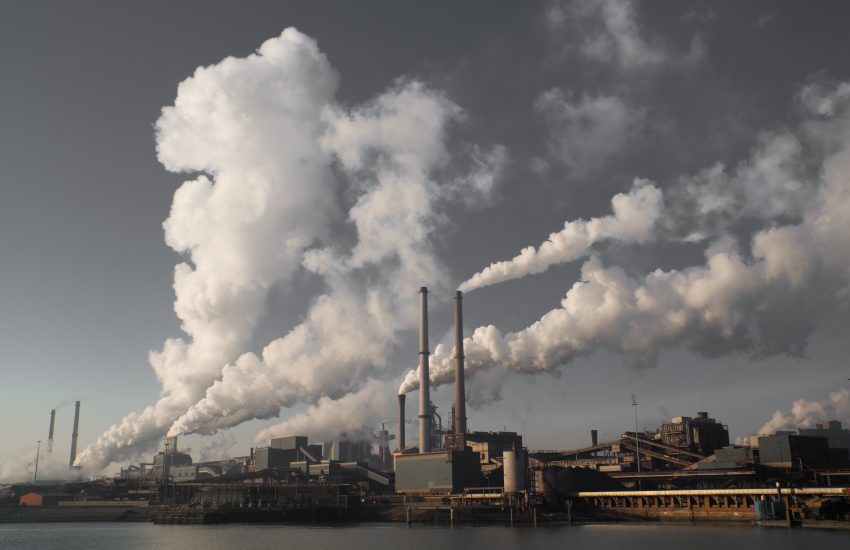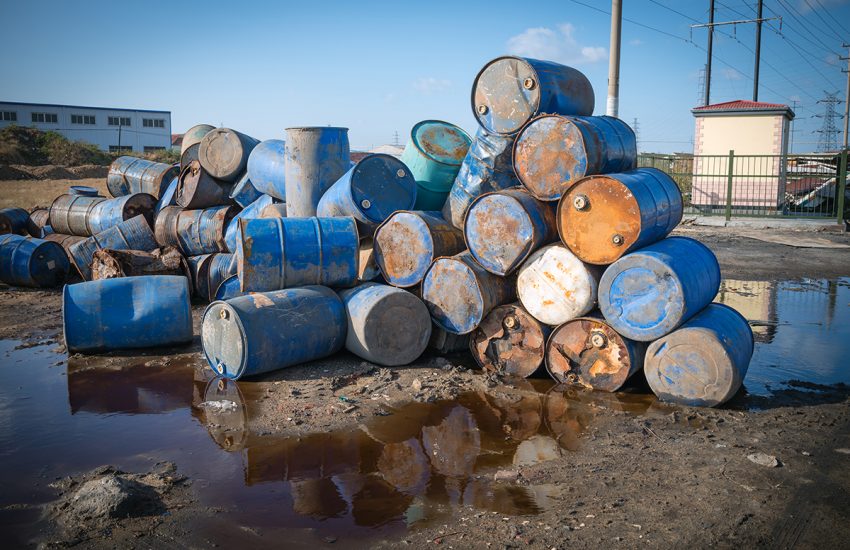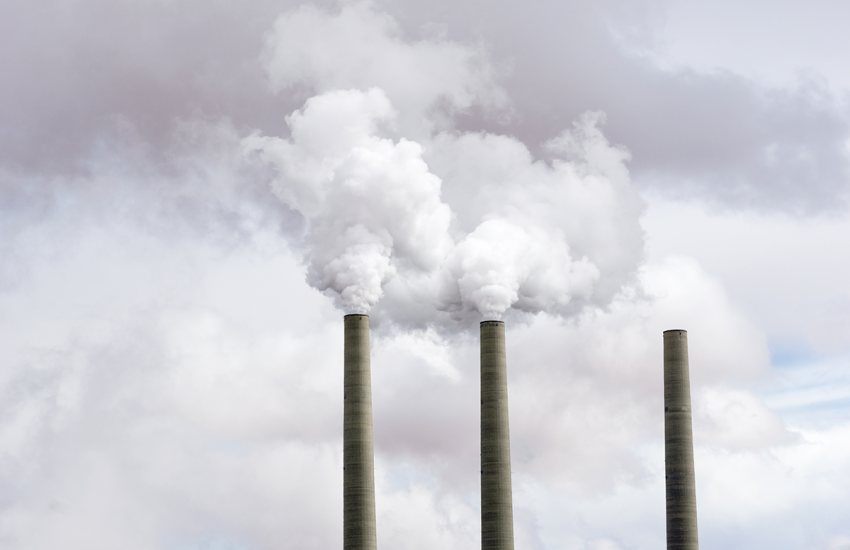Ethylene oxide is a gas commonly used to make other chemicals utilized in a variety of consumer and industrial goods, including fabric, detergents, medicines, and adhesives. It’s even used to sterilize medical devices and spices and to kill microorganisms in grains. But ethylene oxide is acknowledged as a known human carcinogen (cancer-causing compound or substance) in high-level concentrations and extended periods of exposure. Ethylene oxide has been linked to non-Hodgkin lymphoma, leukemia, multiple myeloma, and breast cancer, among many other cancers and physical ailments.
The …
Continue Reading








